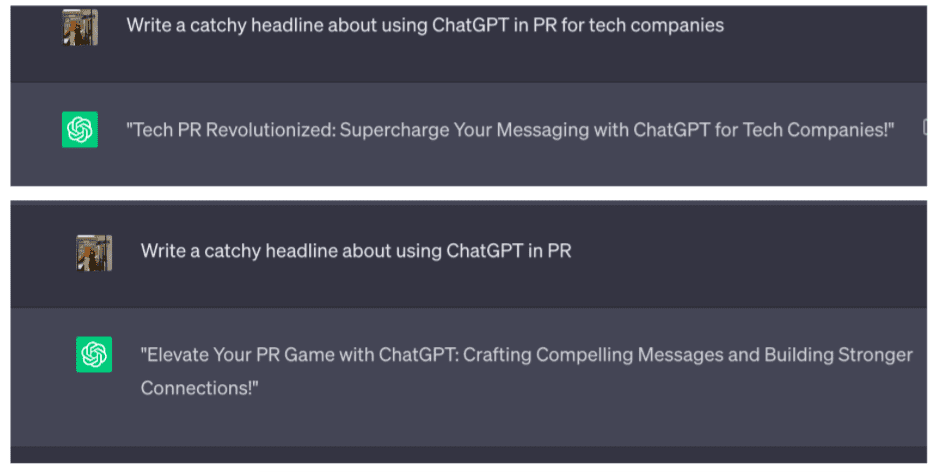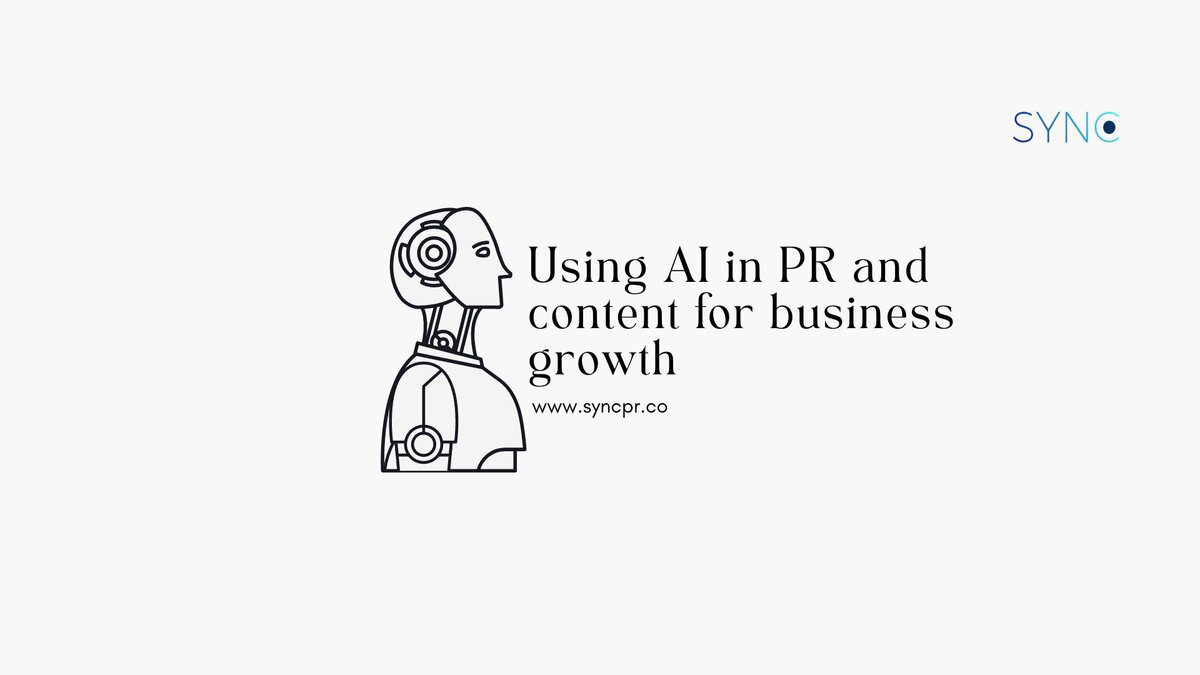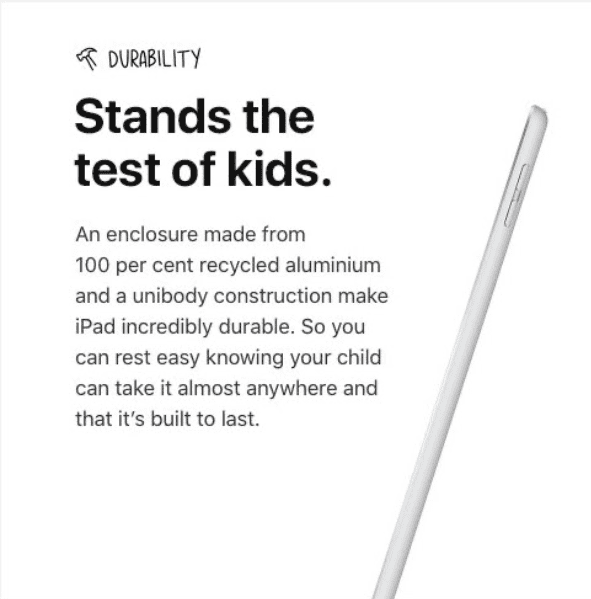Technological advancements including the rise of using AI in PR have brought about massive disruptions in the industry in recent years. In 2021 and 2022, only 39% of Asia Pacific businesses were leveraging AI in their business operations. However, in 2023, the figure jumped to 76%. More regionally, businesses in Southeast Asia have also planned to spend 67% more on automation machine learning in 2023 than they did in 2022.
This holds for the content creation and Public Relations sector as well; the process of content writing as we know it is turned on its head with the emergence of AI-powered content creation and writing tools that can churn out articles and summaries based on prompts in just seconds. These tools utilise statistical techniques and algorithms to comb through their database to generate a response to the prompts that they are fed.
AI-powered content creation tools bring a lot to the table by saving considerable time and effort and thereby increasing the volume of output. The pervasiveness of AI in businesses can be attributed to the impressiveness of AI-powered technologies.
67% of surveyed marketing executives who have adopted AI tools believe that it has significantly improved their content creation processes, and 57% found that it has significantly reduced their workload. Implementing new technologies in operations is quite a no-brainer, but can AI completely take over content and copywriting altogether?
Capturing attention when writing content for PR campaigns
Attention! Managing to capture the reader’s attention with catchy copy is one of the most valuable, if not the most important elements of writing. Readers come across a plethora of content every day and research has shown that the average human has an attention span of just 8.25 seconds, which is shorter than a goldfish! An effective piece of writing should be able to seize the reader’s attention, be easy to read and also create a lasting impression. Ultimately, this drives readers to take action and boosts sales for your business.
Read more: Here is a guide to writing content that converts to sales
A more targeted approach to content writing
Using AI in PR is not necessarily a great idea because successful campaigns and pitches require content that matters to the target demographic, and hooking them in is a skill that requires lots of practice. An experienced media practitioner is tasked to figure out how to attract the right audience by crafting an interesting and compelling brand story and strategy that provides value for them.
For instance, many effective brand messages appeal to people’s emotions, such as humour, fear, and sadness to relate to them and form a connection. One example would be this copy for Apple’s iPad, which rides on the phenomenon of iPad kids, where young children are increasingly glued to smart devices for entertainment and education. This copy targets their parents, who purchase these iPads for their children.
The copy in this ad is effective as the writer leverages the concerns about the fragility of smart devices, especially when handled by careless children. By assuring parents of the product’s durability, the copy encourages them to pick the iPad as a choice product for their children.

In PR, one of the most important skills is coming up with catchy headlines to attract journalists. This article by Today intrigues the audience in Singapore, by evoking a sense of panic and curiosity about the incorporation of new technologies in public service. The novel concept of using new tools such as Chat GPT in a regimented line of work plays a crucial role in Singapore’s functions.
To pull effective and targetted writing requires a great deal of creativity, emotionality and an acute understanding of humans and on-the-ground sentiments, which AI-powered writing tools struggle with.
Content writing for human readers
Writing content is meant for human eyes. Relying solely on AI writing tools lacks the depth of understanding that comes from the human experience. AI tools do not fully understand the intricacies of the target market, nor the nature of the product and/or service. Its knowledge is limited to the database that the tool is trained on, which also means that AI often mimics existing content based on the prompt it is given. Hence, AI-generated content ends up being unoriginal, derivative, repetitive and generic, which is a big no-no especially when the end goal is to capture attention.

Using generic copy and writing is like casting a net into the sea with gaping holes — the fish will escape and swim away. It does not demand attention or capture the interest of the consumers, which ultimately, does not add value to business growth or sales because it is not memorable and does not leave a lasting impression. The human element captures the unique experiences and insights from the writer with carefully chosen words catered to the audience’s interests providing a more effective and personalised experience for the reader.
Read more: We share useful tips and tricks for writers
Inaccuracies in using AI when writing content
AI relies on pre-existing texts, this also includes the vast amount of disinformation and misinformation rampant on the internet. The current algorithm has not advanced to the point where it can discern and fact-check content. This becomes problematic as good writing requires a keen understanding of the product and/or service. Hence, when using AI to write press releases, there could be conflicting and false information in the content that requires further proofreading. To put it simply, AI does not produce quality content with the same rigour as a human writer, and putting out inaccurate content would have adverse impacts on brand image and credibility. It is in those particular times of crisis, that the AI tools fall through, as they lack the media training required to manage public sentiment and control the narrative.
Using AI in PR as a tool for content writing
AI still has its place in PR and Marketing as it continues to work as a time-saving tool for content and copywriters, alike. This can be done by streamlining and optimising the content writing process. For instance, AI-powered tools can help to check for grammar or spelling mistakes. Additionally, some offer a glimpse of the current content floating around to get a sense of current brand sentiments. This can expedite the content creation process, and be incredibly helpful to writers.
While the process is often times tedious, it may be unwise to fully automate writing, especially when it comes to PR and marketing content. The human writer’s discernment and lived experience are crucial in crafting effective brand messages that work and drive sales.
Planning a successful campaign requires humanising the brand, capturing the audience’s attention and leaving a positive impression. So, if you are looking for a content team (of skilled humans) to help meet your PR needs you can reach out to us at hello(@)syncpr.co!


